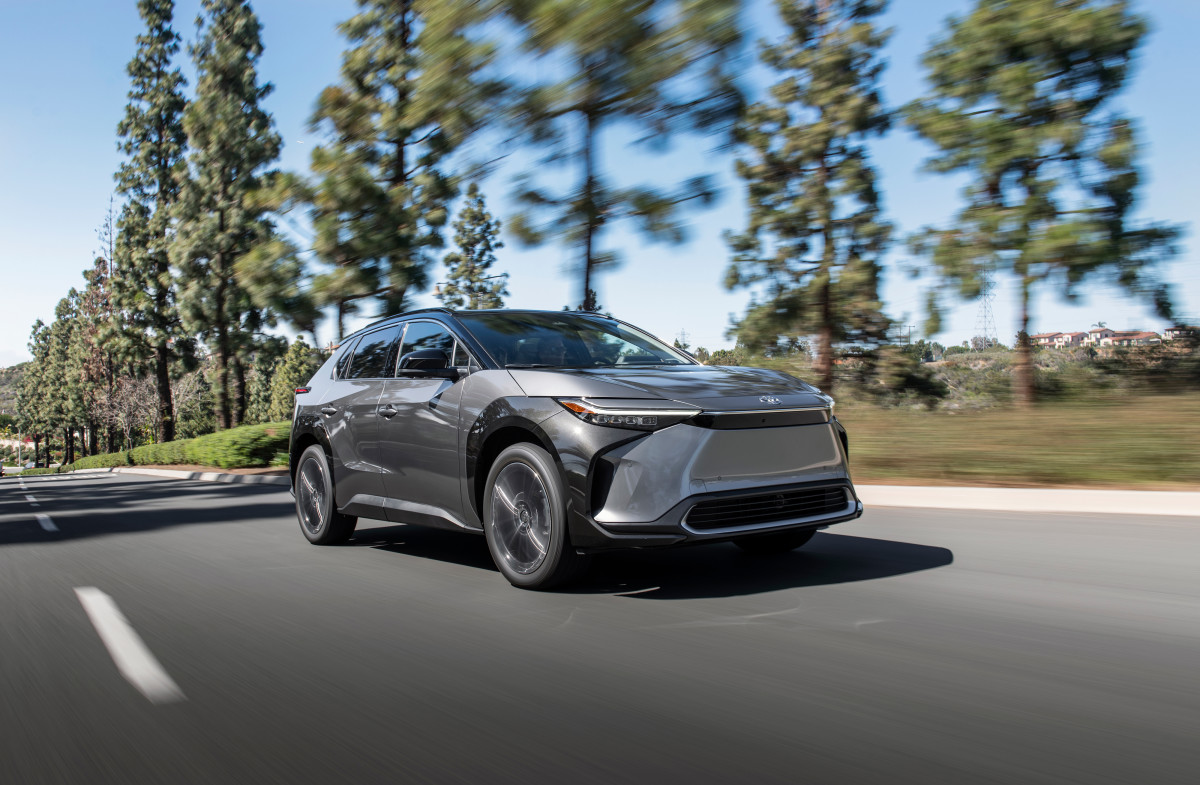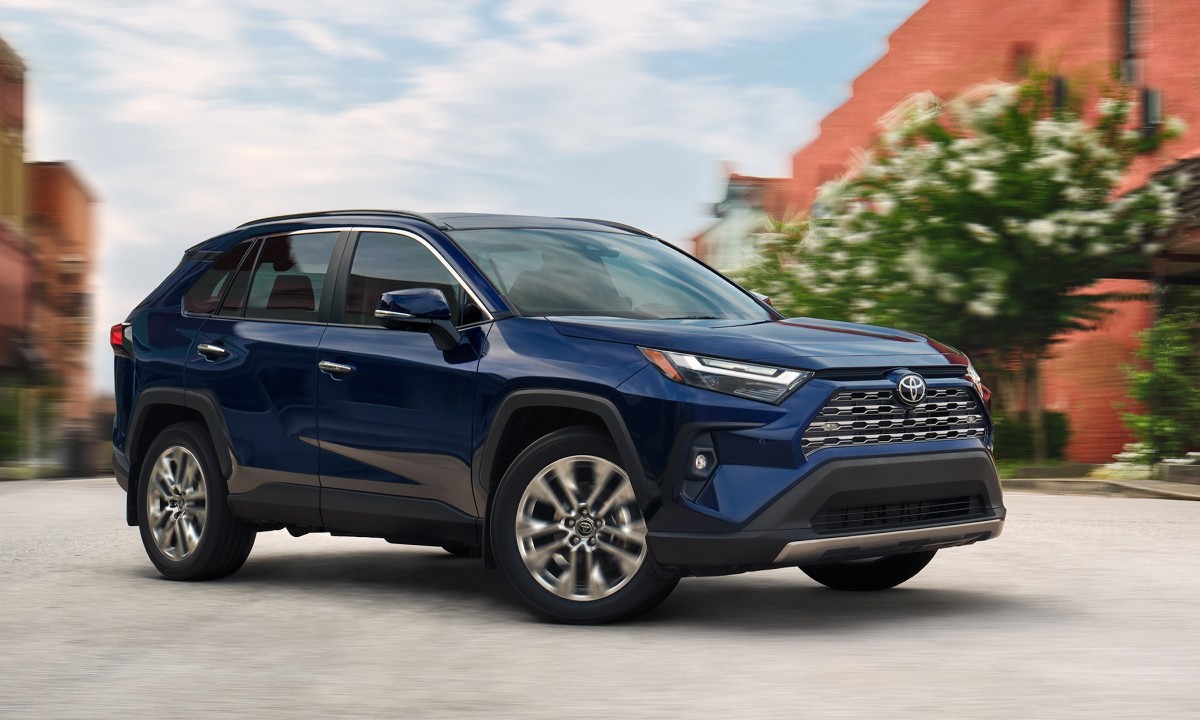Can Ford’s sales growth last long enough to beat Toyota during Q3?
Toyota scored more U.S. sales than Ford during Q2, but year-over-year numbers have shown that Ford is hot on its Japanese rival’s tail. While Toyota Motor North America, which includes Lexus, delivered 54,374 more vehicles than Ford during Q2 at 666,469 units, Ford registered 14.2% annual Q2 gains, 7% more than Toyota. If this trend continues, the math suggests that Ford could overtake Tesla in Q3 U.S. sales. Still, Toyota has some advantages moving forward, such as its diversified supply chain.
At the end of Q2, Toyota reported having 32 electrified vehicle options available, the most among any automaker. These electrified options include hybrids, plug-in hybrids (PHEVs), battery electric vehicles (BEVs), and fuel cell electric vehicles (EVs). In June, Toyota’s electric vehicle (EV) sales rose 6.7% year-over-year on a volume basis to 90,426 total, representing 46% of its June sales. Ford lagged way behind Toyota in June with 25,254 electrified sales in the U.S., according to Ford Authority. Additionally, much of Ford’s Q2 success hinged on its employee discount program for most of its inventory, which ended July 6.

Toyota
Toyota also has a solid manufacturing footprint in the U.S. despite producing fewer vehicles domestically than Ford. The automaker has 11 manufacturing plants across 10 U.S. states, including North Carolina, Alabama, Indiana, Kentucky, Mississippi, Missouri, Tennessee, Texas, West Virginia, and California. Active shipments to Toyota’s North Carolina battery facility started in April. While Toyota was reported to have the lowest incentives during Q2 among full-line manufacturers, or companies that produce a comprehensive range of vehicles across multiple segments, lower incentives weren’t exclusive to Toyota. The share of 0% interest finance deals reached a record low of 0.9% of new car loans during Q2. In Q1, incentives increased $150 year-over-year to $2,900+ per unit before dropping to $2,700 the following quarter, Car Dealership Guy reports.
Toyota definitely won’t have to worry about these three competitors
Ford is placing more pressure on Toyota, but there are a few major automakers the Japanese company won’t have to spend as much time worrying about. After Q2, Volkswagen, Nissan, and Stellantis all reported year-over-year sales losses and significantly lower quarterly deliveries compared to those of Toyota. Of these three manufacturers, Volkswagen of America suffered the steepest annual decline at 29%, followed by Stellantis at 10% and Nissan at 6.5%. Volkswagen also had the lowest amount of Q2 deliveries at 71,395. Nissan moved 221,441 units in the U.S. during Q2, and Stellantis sold 309,976 vehicles.

Toyota
Final thoughts
Companies like Toyota shouldn’t ignore the exceptional run that Ford is on, but it doesn’t need to break too much of a sweat over its competitor, given factors like the end of Ford’s employee pricing program, a solid U.S. manufacturing footprint, and a more diverse vehicle lineup, especially in terms of electrification. While Ford is facing several hurdles in maintaining its momentum during Q3, one of Toyota’s primary challenges is having a lower U.S. inventory than its competitor. Starting in July, the average automaker had a new vehicle supply that could last 82 days, CarEdge reports. Ford’s supply was documented as lasting 101 days during this period, whereas Toyota’s was reported at about 39 days.